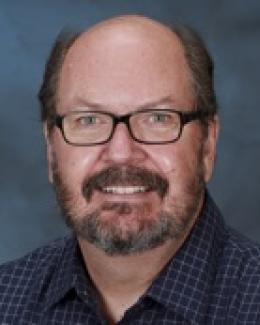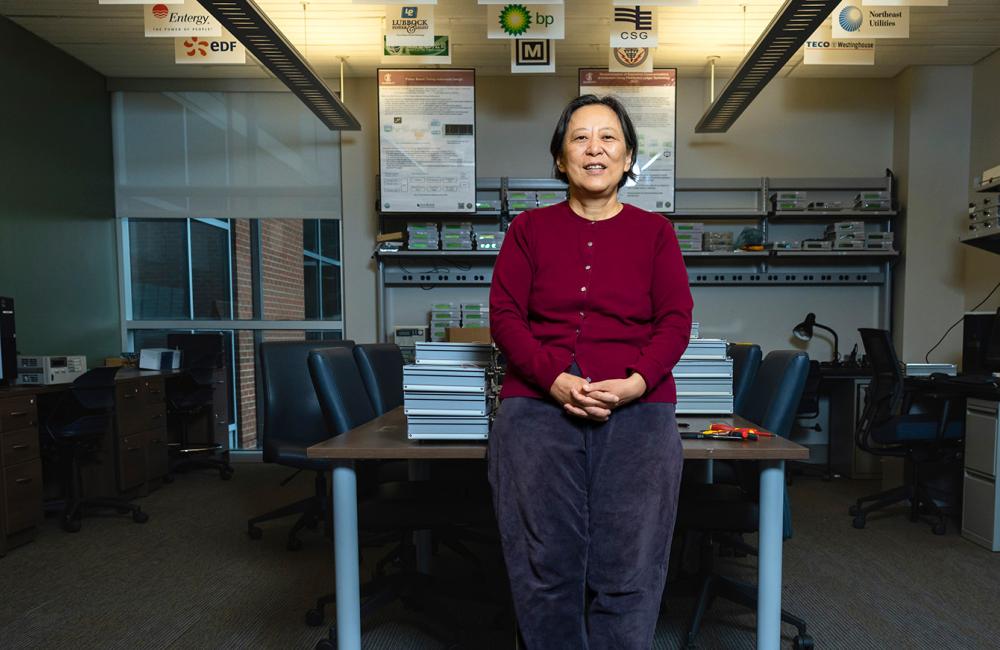It's really difficult to grab someone from outside when they're well-rooted. But I think the Governor's Chairs program offers a unique benefit for both sides.
— Governor’s Chair for Power Electronics Yilu Liu
Of approximately 20,000 employees working at ORNL or in the UT System, 13 stand out most prominently. These are the Governor’s Chairs, a group of highly accomplished researchers and academics brought to Tennessee to advance fields that are important to the UT System and to ORNL, such as advanced materials and manufacturing, biology, energy sciences and nuclear technology. Funded by the state of Tennessee and ORNL, the program broadens the unique research partnership that exists between UT, the state’s preeminent public university system, and ORNL, the nation’s largest multiprogram laboratory.
Now part of the UT-Oak Ridge Innovation Institute, the Governor’s Chairs program enables the organizations to attract candidates who will leverage the significant benefits and opportunities that come from being associated with both a major university and a national laboratory.
A history of collaborations
The Governor’s Chairs program fits into a long history of collaborations between the university and the national lab. Created in 2006 during the administration of Tennessee Governor Phil Bredesen — himself a Harvard graduate with a bachelor’s degree in physics — the program is successor to the Distinguished Scientist Program created two decades earlier.
For their part, UT and ORNL bring national and international leaders in their fields to Tennessee, people who have track records of high-impact research and long-standing relationships with funding agencies but who might not otherwise be interested in a career change.
“It's really difficult to grab someone from outside when they're well-rooted,” said Yilu Liu, the Governor’s Chair for Power Electronics, “but I think the Governor's Chairs program offers a unique benefit for both sides. For UT, it's definitely more resources; I have 30-plus staff — graduate students, postdocs and others. For the Oak Ridge side, you get experienced researchers who already have established reputations. They are able to gain trust and respect from DOE program managers quickly, and that helps in terms of the lab’s funding and reputation.”
Liu came to UT Knoxville and ORNL after nearly two decades at Virginia Tech, where she was a world leader in research on the electrical grid. Among other accomplishments, she was instrumental in creating North America’s Frequency Monitoring Network/GridEye, a network of low-cost, GPS-synchronized monitors that report the frequency, phase angle and voltage of the power grids.
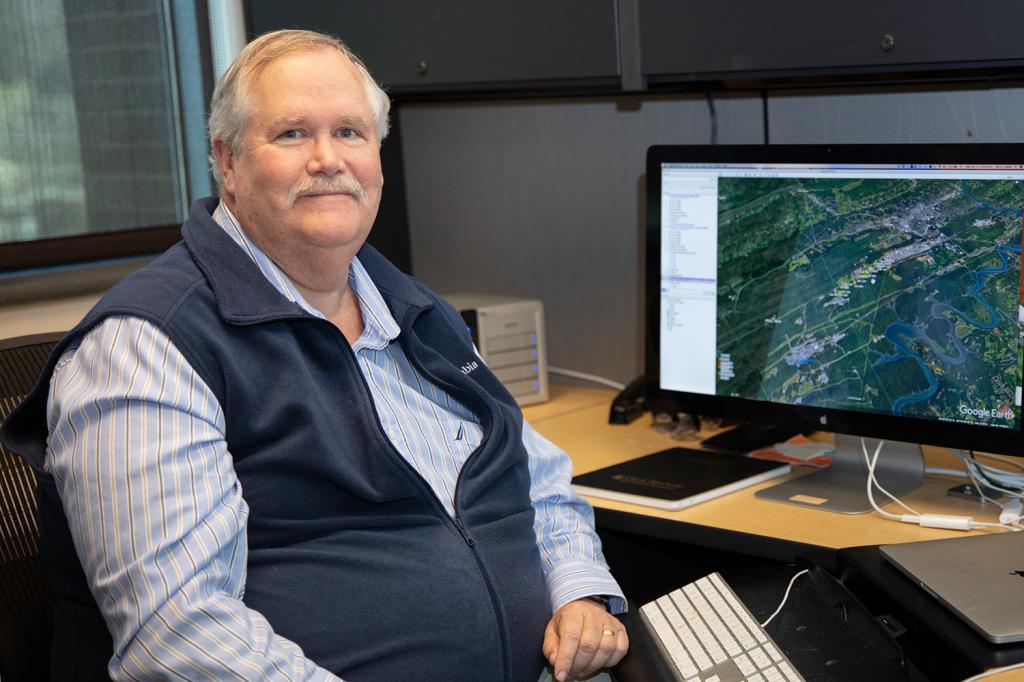
— Governor’s Chair for Environmental Biotechnology Terry Hazen
Terry Hazen, Governor’s Chair for Environmental Biotechnology, came to his position from Lawrence Berkeley National Laboratory. He noted that the Governor’s Chairs program allows the university and the lab to amplify specific areas of research.
“For me, it's environmental remediation,” he said. “I’ve done a bunch of different things related to oil spills such as the Deepwater Horizon oil spill,” referring to the 2010 Gulf of Mexico disaster considered to be history’s largest marine oil spill.
“I showed that there were bacteria down deep that were basically consuming the oil just as rapidly as it was expelled from the deep. That means that we didn't need to do a lot of things related to injecting nutrients and trying to recover it, which potentially would have damaged the environment more.”
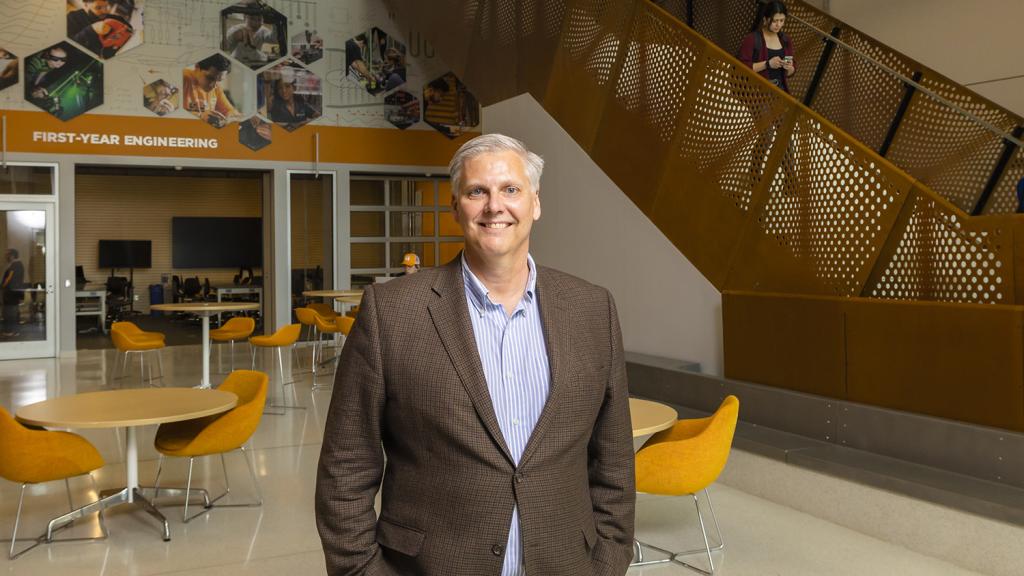
— Governor’s Chair for Computational Nuclear Engineering Brian Wirth
The stature of existing Governor’s Chairs helps attract impressive candidates, noted Brian Wirth, the Governor’s Chair for Computational Nuclear Engineering.
Wirth came to UT Knoxville and ORNL from the University of California, Berkeley, where he was on the nuclear engineering faculty. His group focuses on computational explorations of materials and nuclear fuel, both in existing reactors and in advanced reactors.
“When I came in 2010 and was being recruited here, I felt like the Governor's Chairs professors were the best faculty line in the country,” he said. “In areas where UT and Oak Ridge missions align, it's really been game changing in terms of recruiting some really stellar faculty that have made significant contributions.”
A boon to students
These accomplished researchers work at ORNL and are expected to lead research collaborations, but they also have the responsibilities and opportunities that come with being college professors. Many of the students working with the Governor’s Chairs also work at the lab.
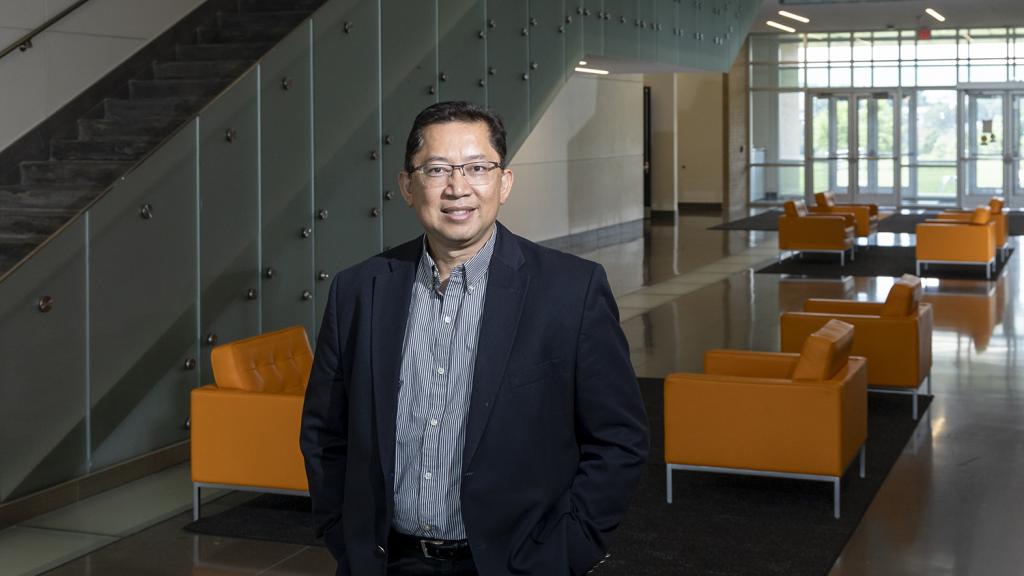
— Governor’s Chair for Advanced and Nanostructured Materials Rigoberto Advincula
For Rigoberto Advincula, Governor’s Chair for Advanced and Nanostructured Materials and leader of ORNL’s Macromolecular Nanomaterials group, both roles were attractive.
“For me, the Governor’s Chairs program is the biggest reason I moved to the University of Tennessee at Knoxville and Oak Ridge National Lab,” he said. “In the area of polymer science, I think Oak Ridge and UT lead worldwide in terms of citations and recognition, but in order to continue that leadership, we need to bring in experts and hire people at both institutions.”
Advincula also values his role as a teacher, noting that he had mentored close to 150 undergrads as a professor before he came to Tennessee. He continues that focus with his undergrads at UT.
“They are involved in materials research, where they publish, together with my graduate students, and learn many skills that make them very eligible and sought-after in graduate school,” said Advincula, who came to his position from Case Western Reserve University in Cleveland.
He noted that he encourages his postdocs and students to be mentors in their own right as well as skilled researchers, with students at each level working with others one level down.
“It allows me to distribute the mentoring, whether it's with undergrad, graduate or even high school students. The Ph.D. students I have are expected to mentor the undergrads. The undergrads then — in the past and maybe in the not-too-distant future — mentor high school students. So that type of outreach I've done all throughout my career.
“I’ve set up a lab that has ballooned out to about 24 students and postdocs. A majority of my researchers are undergrads, and I'm mentoring them to become future STEM advanced degree holders.”
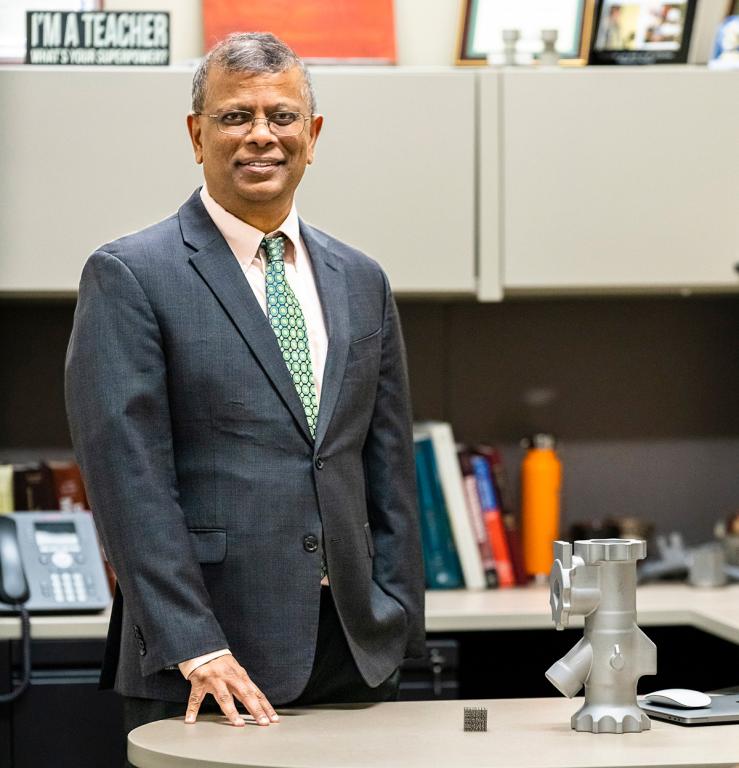
— Governor’s Chair for Advanced Manufacturing Suresh Babu
Suresh Babu, the Governor’s Chair for Advanced Manufacturing, also values the unique educational opportunities that come with having a close relationship with a national lab. He came to his position from Ohio State University.
Babu was until recently director of the Bredesen Center for Interdisciplinary Research and Graduate Education, a collaboration — now under UT-ORII — that stresses entrepreneurship as well as science and engineering.
Babu’s goal is to mentor students and early career scientists so that their accomplishments eventually overshadow his own. He said the collaboration with ORNL — in which students learn from experts at the lab as well as from himself as their advisor — makes that a real possibility.
“The Governor's Chairs program is coveted by many universities across the U.S.,” he said. “My students can become much better than me when they come to my age. When I did my Ph.D., there was no such mechanism; I was under one supervisor. There were not a lot of technical discussions from different perspectives. It’s not easy for my students, but that is the best way to proceed to the truth.”
For all its accomplishments, there is much the program can still accomplish, said nuclear engineering researcher Wirth. As UT and ORNL expand their connections, the Governor’s Chairs are ideally situated to make the most of a growing collaboration.
“To me, this has been a great move,” Wirth said. “I have no regrets about coming to East Tennessee from California. And I'm super excited to see what the next decade is going to bring, because I think there's so many opportunities to grow this partnership.
“It's been a tremendous place for me and my research group to work. But I think that there's so much more that can be done in the future.”
